
Patches are one of those underrated garment enhancements that have big markup potential. You can – and maybe should – buy them in bulk and put them on just about anything. Hats, shirts, vests, flannels, shorts and pants, etc. The list goes on! Here we’ll discuss how to take advantage of this garment enhancement so you can save money and boost your bottom line.
Who cares about patches?
You do. Patches are one of the most markup-able decoration items going. For a pretty low per-unit cost (if you order big), you can drive an impactful return from your retail products. Patches have a higher perceived value than many other decoration styles – it’s the color and texture factor. Lastly, patches are durable. They’re sewn and backed and are designed to last. That means your brand will be on a customer’s cap or shirt for a long, long time.
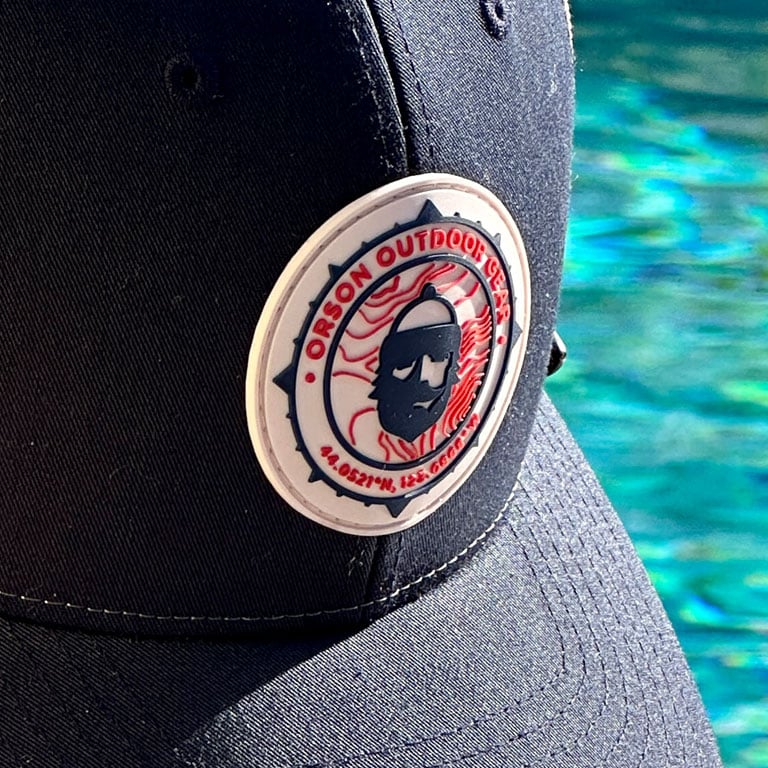

Patch styles and sizes
Patches can be directly sewn – or embroidered – onto a garment or item, or they can be attached via heat seal. Grandstand offers you both options, but our heat-seal backing patches allow you to order huge and store at your location for quick application to anything you want.
We offer embroidered, rubber, sublimated, woven and leather patches, with sizes as large as 4 inches square possible with embroidered, sublimated, or woven patches. Rubber patches can size up to 3.5 inches square


Embroidered Patch
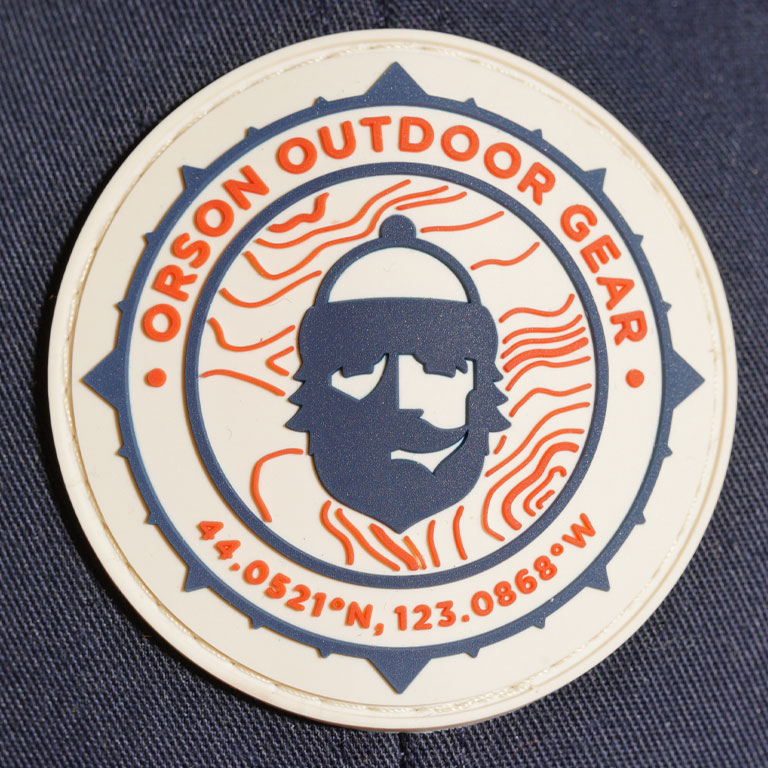

Rubber Patch


Sublimated Patch
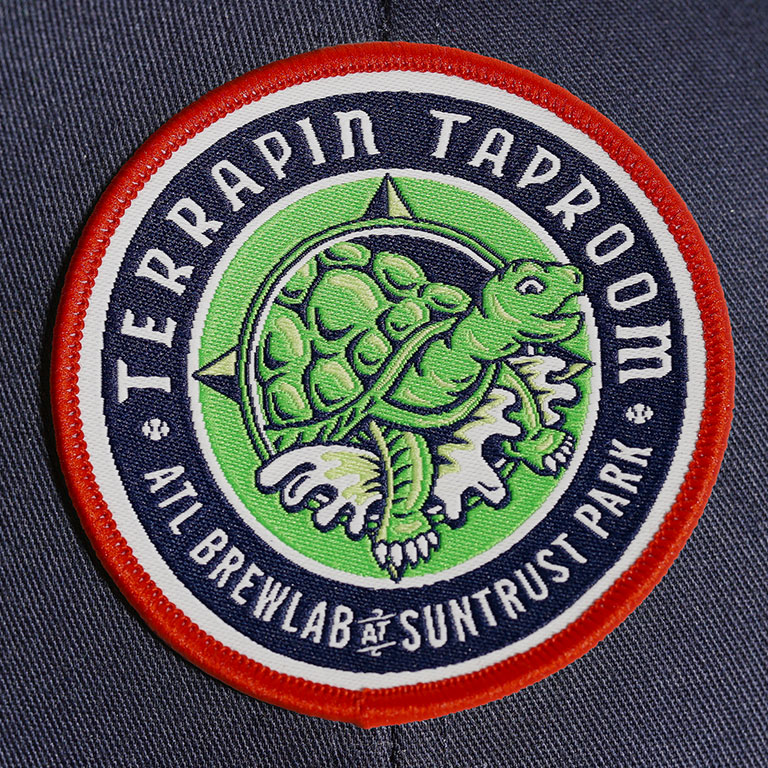

Woven Patch
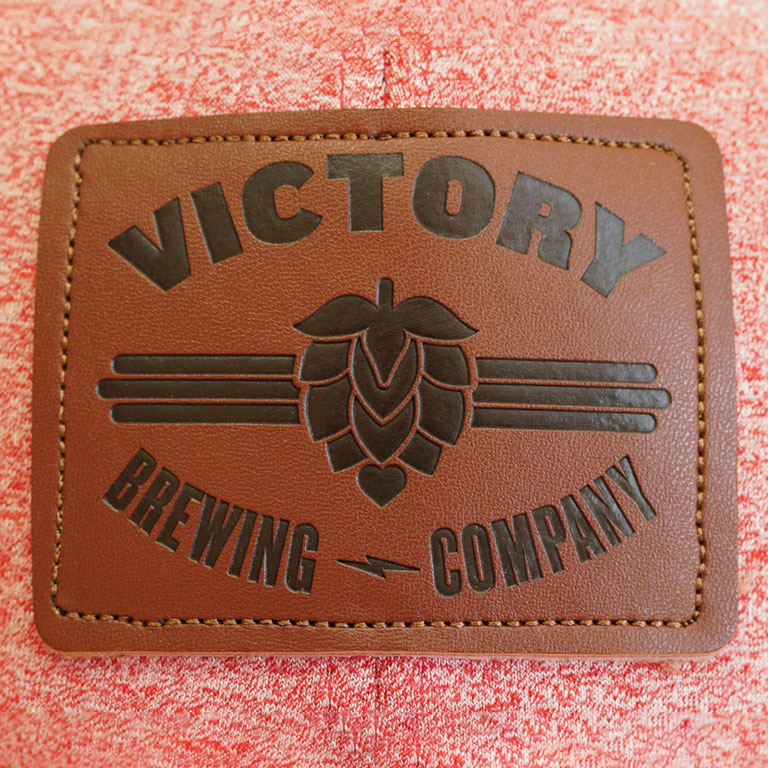

Leather Patch
Large orders are efficient and cost effective
If you want a patch that you can use for a long time, it’s best to invest in design as we note above, but the next step is to order big. Customers begin to save money with orders of 50 and above as higher and higher quantities drive down per-unit cost. And, since patches are super easy to store, the additional quantity won’t clog up your cabinets and closets allowing them to be available as needed.
First, consider all the items you could decorate with patches
Clothing
- Flannel shirts
- Vests, jackets, and other outerwear items
- Shorts – a patch can be placed where a printed logo often goes
- Polos
- Multiple t-shirt styles
Other merchandise
Large orders save time
Stocking up not only reduces your per unit cost but can also cut your lead time in half when applying patches to a final product. The full process of designing, producing, and placing patches on items can push your fulfillment date out as far as six weeks. Customers who prepare in advance by stocking up on patches can see their orders fulfilled in as quick as three weeks. Less time waiting on your order means more time spent selling your product.
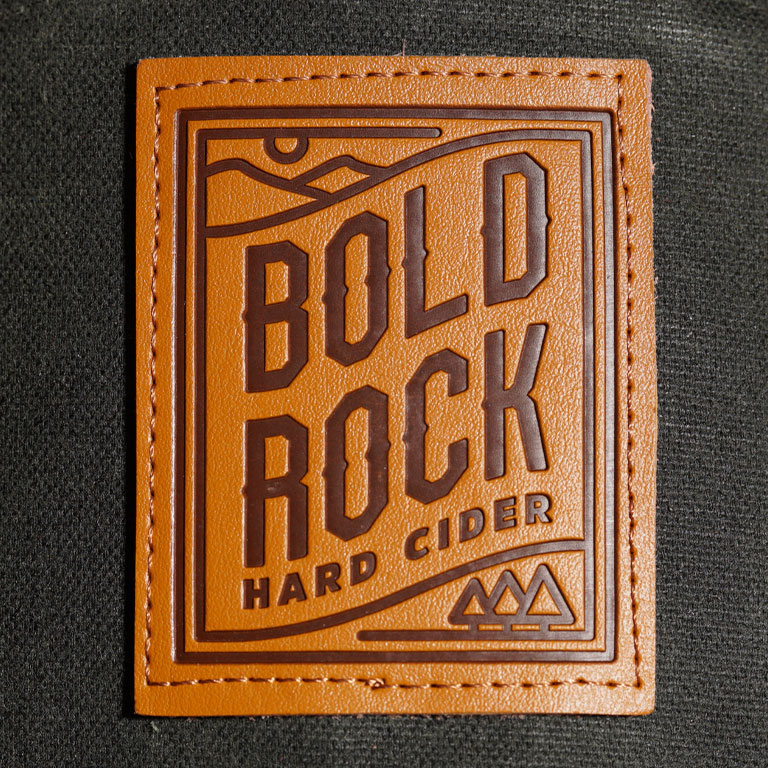

Invest in the design
As we note above, patches can go on just about anything, and that means they could have multi-season use. From work shirts to flannels, the right patch can enhance the right garment, no matter the season. So, if you want a patch that translates to a variety of apparel items, make sure you choose a design that is “evergreen” – one you know you’ll go back to for months if not years.
But, here’s the most important thing to note: While your design needs to be evergreen, it also needs to be eye-catching and worthy of that desired markup. This is why it’s important, as noted above, to invest in design. A patch should be more than a logo, but it should also advertise your brand. It’s a fine balance to strike. And, the design experts at Grandstand Creative hit the mark every day.
A sidebar on hats
It’s important to note that hats have a size limitation. While patches can be as large as 4 inches, the largest size for most hat applications is closer to 2.25 inches. Meaning, if your one big order of patches are meant to go on hats and apparel, you should opt for a smaller size to ensure the patch fits everything. Your sales representative can easily help you through the process.
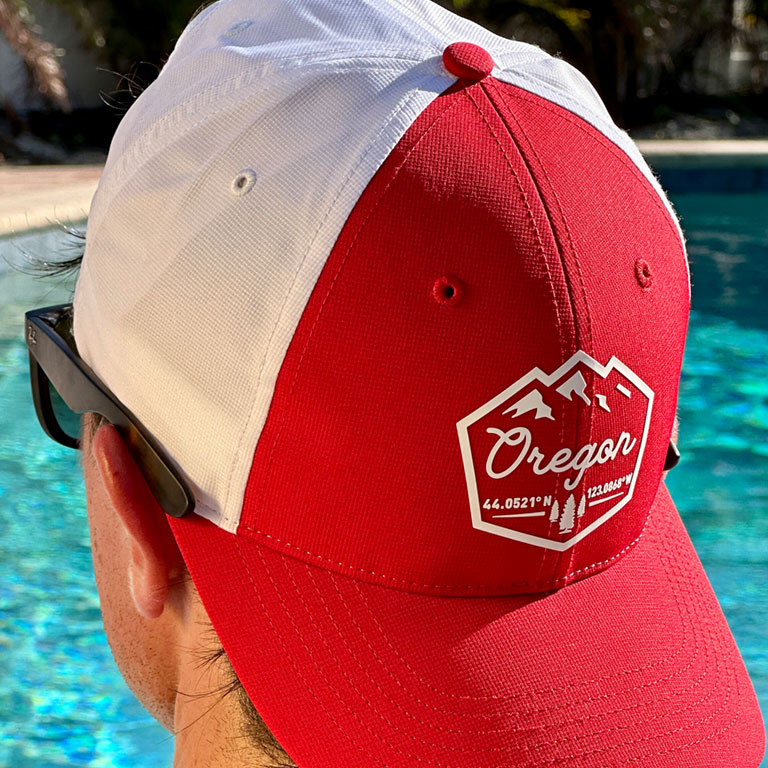

Give us a call to brainstorm your order
Not sure where to begin? We’re here to help. Find us via our contact page, or give us a call at 1-800-767-8951 between 8 a.m. and 5 p.m., central time, Monday through Friday.